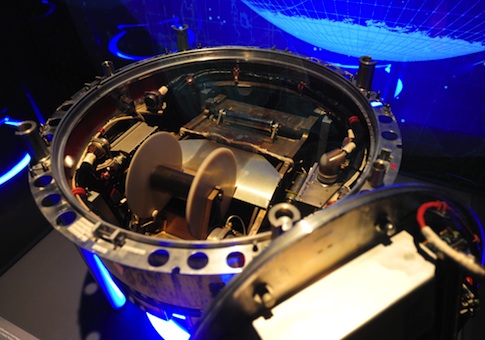JERUSALEM—The number of identified archaeological sites in the Middle East has been tripled by an outdated technology that could not be replicated today—Cold War satellite photographs.
The Corona Atlas of the Middle East, unveiled last week in the United States, has added some 10,000 sites to the 4,500 previously known archaeological sites between Egypt and Iran.
The photographs, taken mostly in the 1960s for a project managed by the CIA, captured the landscape of the region before it was substantially altered by the spread of modern cities, agricultural development, and the construction of dams and other infrastructure.
"Some of these sites are gigantic and they were completely unknown," said Dr. Jesse Casana of the University of Arkansas, who outlined the project at a meeting of the Society for American Archaeology. "We can see roads and canals. We have a real way to look across the Middle East and see how it was connected."
The biggest sites, he said, are in Syria and Turkey and cover more than 120 acres.
Although modern satellites provide clearer photographs, they cannot show what has been covered over since the original Corona photographs. The photographs were usually taken in early morning or late afternoon when the low-lying sun would bring into relief mounds typical of archaeological sites.
The highly secret Corona program was pushed forward by the CIA and Department of Defense after a U-2 spy plane was shot down over the Soviet Union in 1960. More than 100 Corona satellites were launched over 12 years, bringing back photographs of Soviet military installations as well as images from China and other countries.
The photographs that have now been released are confined to sites in the Middle East, particularly from Mesopotamia—the northern area linking today’s Iran with the Mediterranean coast—a major cradle of ancient civilization.
In those early days of satellite photography, film taken by the orbiting satellite was dropped in a capsule that deployed parachutes at 60,000 feet. It was then snatched in mid-air by an aircraft towing an airborne "claw" or would be retrieved from the sea.
